Polar Region Ocean Cruises
Cruise the world's most pristine environments and spot unique wildlife in the raw beauty of these landscapes.
Experience the journey of a lifetime on board a Scenic Eclipse cruise in Antarctica or the Arctic. Be immersed in pristine landscapes at the ends of Earth, where few travelers venture.
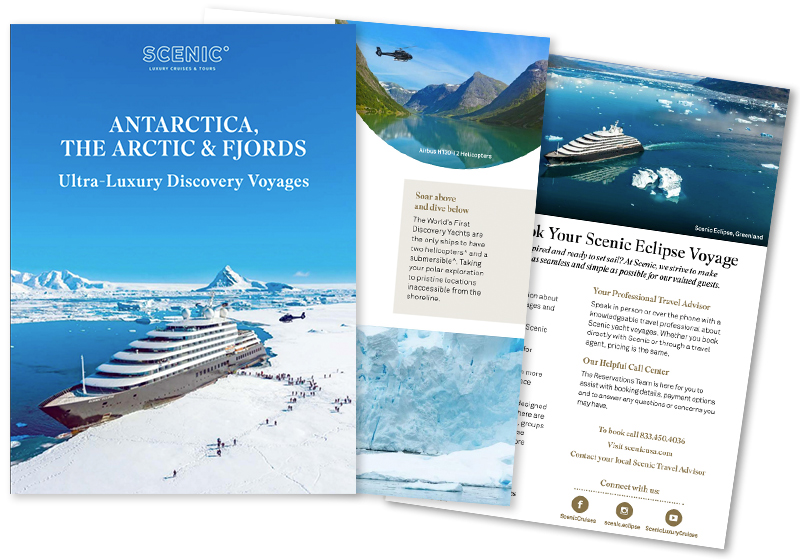

Learn more about what to expect on an Antarctica, Arctic or Fjords ocean voyage and our ultra-luxury experience—or find your perfect itinerary.
Choose your destination
.
Journey to the pristine poles and create stories for life.
A Scenic Eclipse polar voyage is in a class of its own. Experience truly all-inclusive discovery experiences led by an expert Discovery Team, enriching education opportunities, ultra-luxury experiences, and much more.
The World's First Discovery Yachts are purpose-built for the Polar regions. With a Polar Class 6 rating, larger custom stabilizers, and a strengthened hull, our ships can take you places others can’t. Scenic Eclipse is built with uncompromising commitment to your safety and comfort, allowing you to enjoy these incredible destinations with total peace of mind.
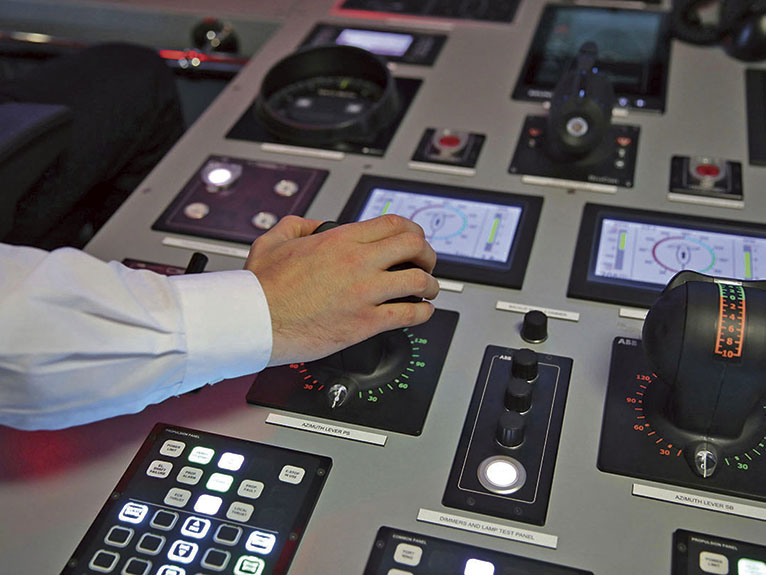
Gaze out at the expansive Antarctic and Arctic landscapes from your spacious verandah suite and enjoy personalized butler service, with our close to 1:1 crew-to-guest ratio. Relax in an abundance of indoor and outdoor spaces, with up to 10 culinary experiences, up to nine bars and lounges, the expansive 5,920 sq ft Senses Spa#, and entertainment in the state-of-the-art theater.
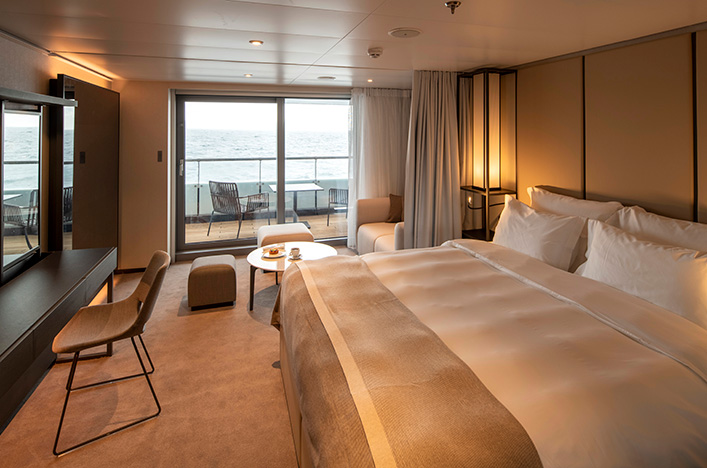
You will be supplied with everything you’ll need to fully immerse yourself in the journeys that await. On Expedition Voyages, a Scenic Eclipse parka and water bottle will be in your suite on arrival, which is yours to take home. Plus, you’ll have the use of specialized polar boots, trekking poles, and any kayaking and paddle boarding equipment you may need.
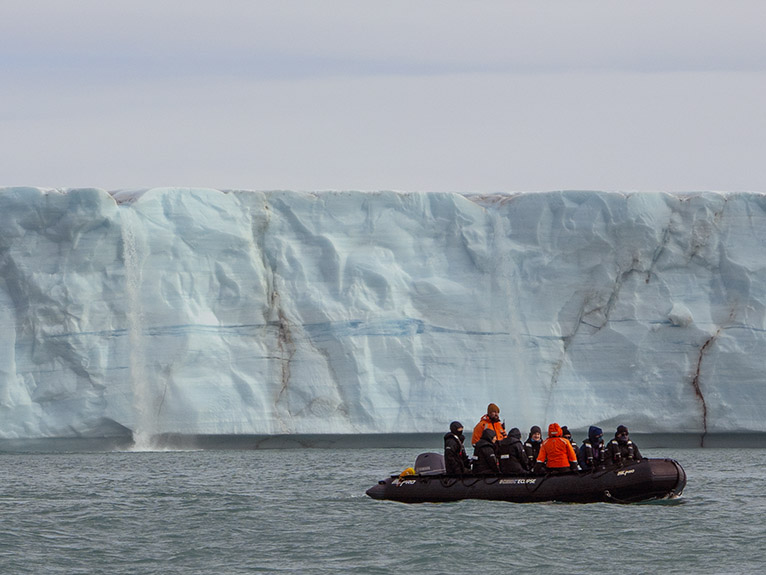
Ignite your inner explorer with all-inclusive guided hikes, Zodiac cruises, kayaking or paddle boarding with your specialist, and expert Discovery guides. Take your exploration to the next level with sightseeing from one of our two state-of-the-art helicopters^ or customized submersible^, revealing wonderous, seldom-seen views.

Our renowned education program is curated by a Discovery Team of up to 20 experts on Expedition Voyages and up to 15 specialists on Discovery Voyages. They are passionate about sharing their knowledge of the local wildlife, geography, history, and culture. Throughout your voyage, hear entertaining lectures about everything from weather to how land and sea ice forms, marine biology, and epic survival tales of early explorers.
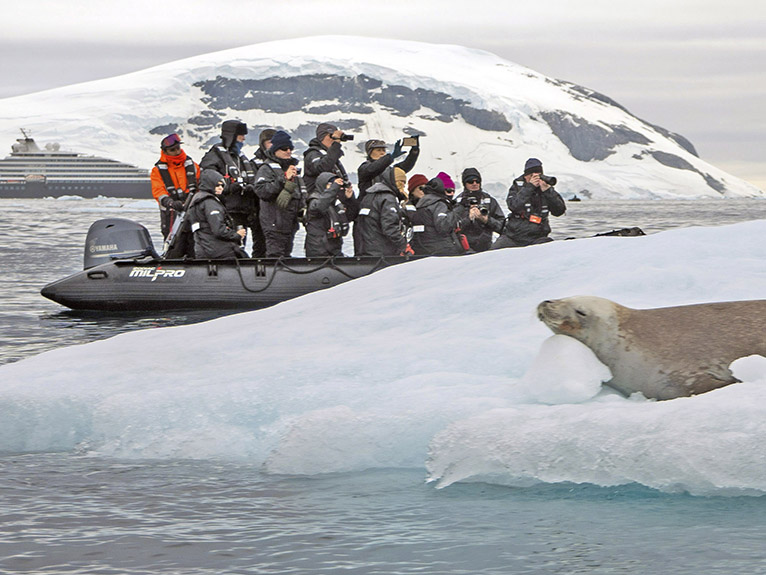
Enjoy unparalleled vistas from the privacy of your spacious suite, with floor-to-ceiling windows opening onto your private verandah. Never miss a sighting of leopard seals, humpback whales, orcas, or polar bears with your in-suite binoculars. Or, stroll to the Observation Lounge and Terrace for closer views from mounted Swarovski telescopes.
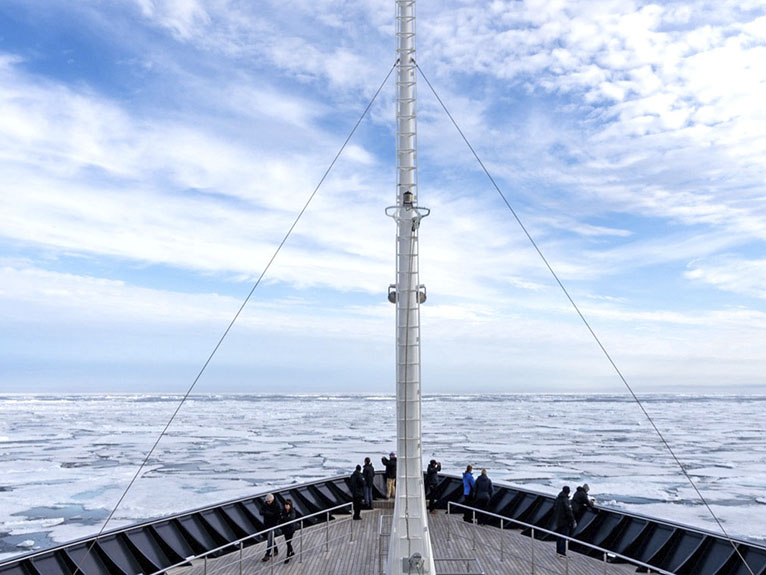
Scenic Eclipse caters for only up to 200 guests in Antarctica and 228 in the Arctic. These smaller numbers allow you to enjoy multiple, longer landings each day, with more efficient disembarkation and embarkation. It also means your Discovery Team can respond to changing opportunities and have the flexibility to get you there.
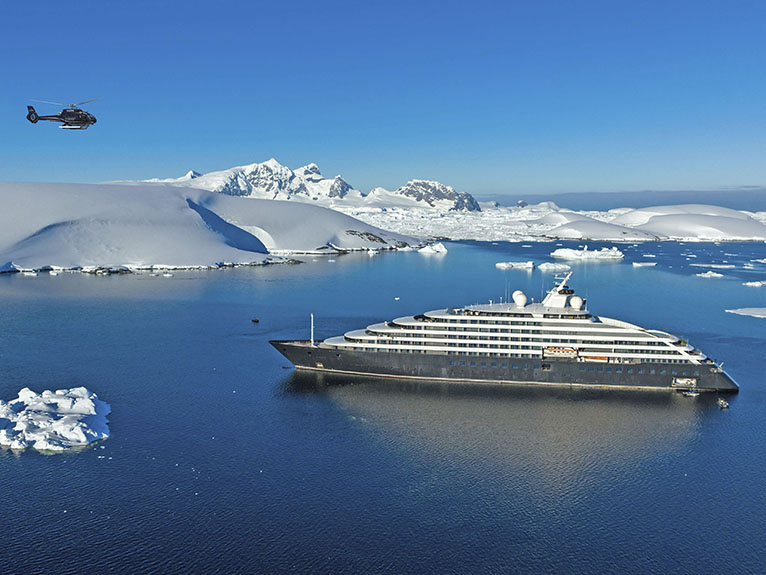







Featured Itineraries
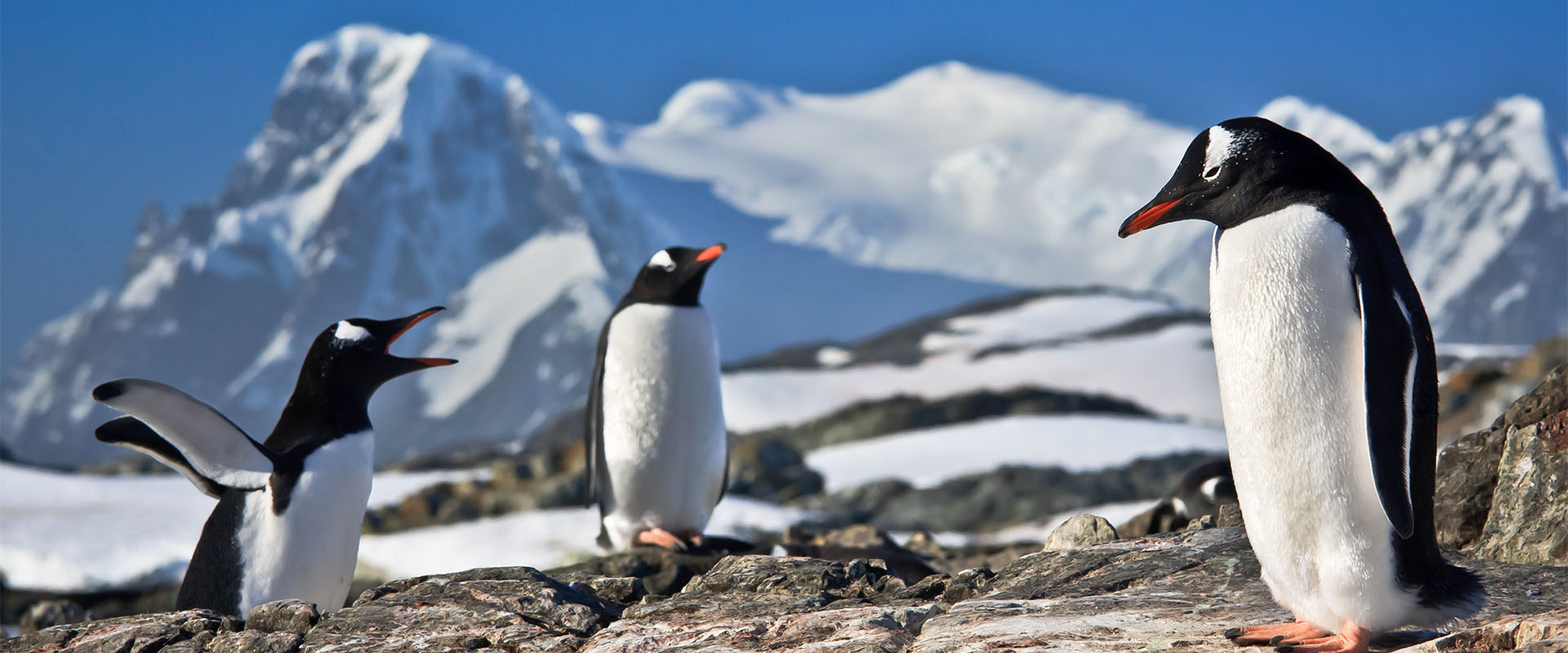
13 Days
SEASON: 2025/2026Great White Wonder
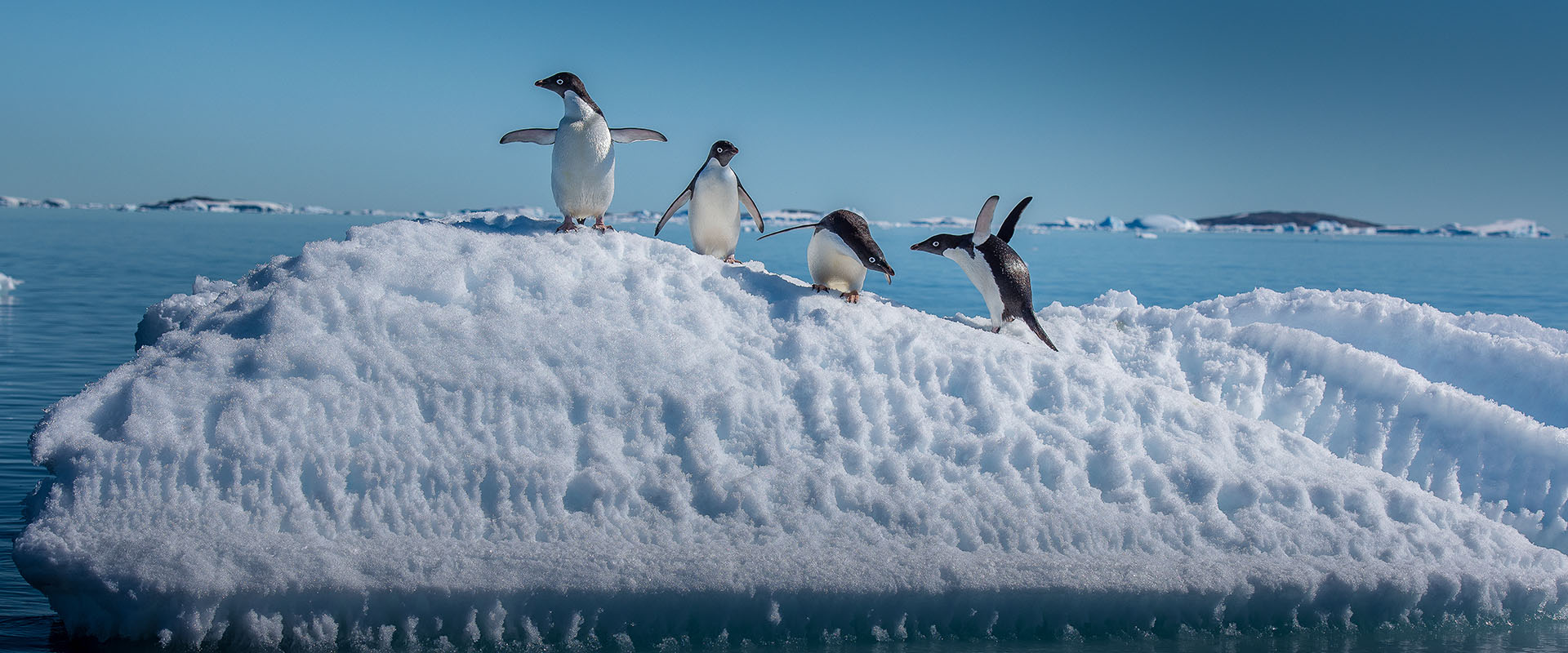
20 Days
SEASON: 2025/2026Extraordinary southern landscapes


Start planning your Scenic journey of a lifetime to the polar regions. See details about voyages and frequently asked questions.
Yes, please keep me updated with the latest special offers, travel inspiration, product updates, and event invites.